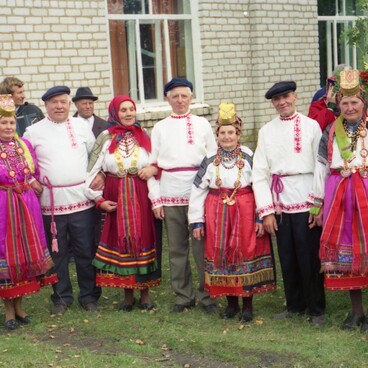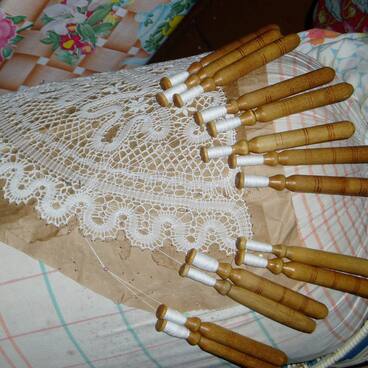The songs of the Fedoseevskaya stanitsa in the Kumylzhensky district of the Volgograd region are a vivid example of the Don Cossack singing tradition. The school of long singing that has developed in the area shares a common repertoire and performance style.
The male military tradition of the Don Cossacks determined the dominant role of the long song in the local genre system. The Cossacks also have the opposite of long songs, for example, short humorous “chastushkas” and the so-called “skomorokh” (a “skomorokh” being a medieval East Slavic actor).
The Cossacks of the Fedoseevskaya stanitsa distinguish three separate vocal parts: bass (or “bassovik”), “golosnik” (or discant), and a high-pitched voice.
Researchers are particularly interested in the unique long songs recorded in the Ilmenevsky and Krasnoarmeisky settlements. These songs are unusual — they are performed without a “golosnik” and, as a rule, only by men.
The long songs of the stanitsa Fedoseevskaya entered the repertoire of many folklore ensembles. But as an object of intangible cultural heritage, they are stored mainly only in archive sound recordings.
The male military tradition of the Don Cossacks determined the dominant role of the long song in the local genre system. The Cossacks also have the opposite of long songs, for example, short humorous “chastushkas” and the so-called “skomorokh” (a “skomorokh” being a medieval East Slavic actor).
The Cossacks of the Fedoseevskaya stanitsa distinguish three separate vocal parts: bass (or “bassovik”), “golosnik” (or discant), and a high-pitched voice.
Researchers are particularly interested in the unique long songs recorded in the Ilmenevsky and Krasnoarmeisky settlements. These songs are unusual — they are performed without a “golosnik” and, as a rule, only by men.
The long songs of the stanitsa Fedoseevskaya entered the repertoire of many folklore ensembles. But as an object of intangible cultural heritage, they are stored mainly only in archive sound recordings.

